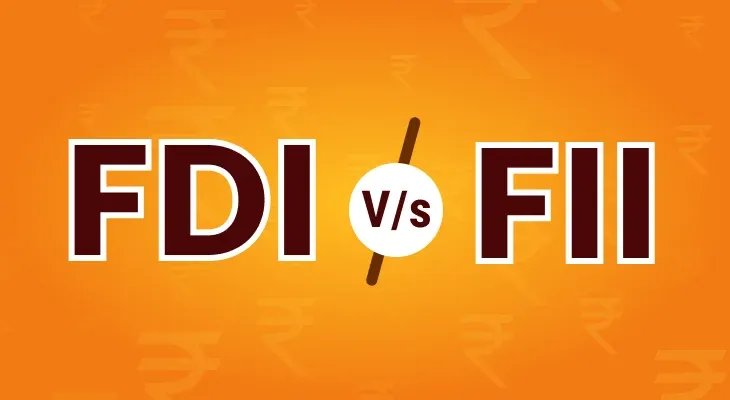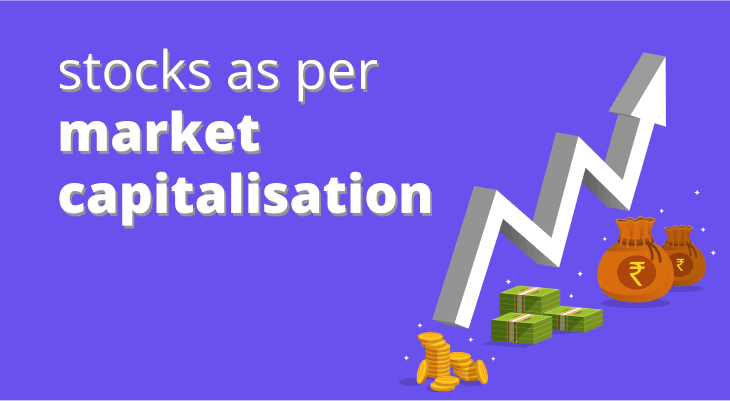
What is a Candlestick Pattern?
Successful traders use a variety of tools to identify the right entry and exit points in the stock market. Among them, one of the most popular tools is the candlestick pattern. Candlestick patterns are vital for technical analysis and are widely used by traders to predict future price movements in various financial markets. Let us dive deeper into the concept of candlestick patterns, how to read them, key features of different patterns, their advantages and limitations, and how to incorporate them into your trading strategy.
What Is a Candlestick Pattern?
A candlestick pattern is a specific formation of one or more candlesticks on a price chart, representing the open, close, high, and low prices of an asset within a defined time period. Each candlestick consists of a body and two wicks (also called shadows). The body shows the opening and closing prices of the asset, while the wicks represent the highest and lowest prices during the trading period.
Candlestick patterns are widely used in stock candlestick patterns and chart analysis, as they provide crucial information about market psychology. These patterns reflect the battle between buyers (bulls) and sellers (bears) in the market. By studying the formation and position of these patterns, traders can anticipate whether the market sentiment will shift in favour of buyers or sellers.
The primary types of candlestick patterns are:
Bullish Patterns: Indicate that prices are likely to move upwards.
Bearish Patterns: Suggest that prices are likely to move downwards.
Neutral Patterns: Show indecision in the market, with no clear trend.
In essence, candlestick patterns are powerful tools for predicting future price movements based on past market behaviour.
How to Read a Candlestick Pattern
Understanding how to read a candlestick pattern is crucial to interpreting its meaning. Here’s a breakdown of the key elements of a candlestick:
The Body: The body represents the range between the opening and closing prices during a particular period. If the close price is higher than the opening price, the candlestick is typically hollow (or green in colour) and considered bullish. If the close price is lower than the opening price, the body is filled (or red) and considered bearish.
The Wicks (Shadows): The wicks, or shadows, show the highest and lowest prices during the time period. The top wick represents the highest price reached, while the bottom wick represents the lowest. The length of the wicks can indicate the volatility during that period.
The Colour: The colour of the candlestick provides further insight into market sentiment. A green or hollow candlestick means that the price closed higher than it opened (bullish). A red or filled candlestick means that the price closed lower than it opened (bearish).
Key Features of Different Candlestick Patterns
There are numerous candlestick patterns, each with its unique characteristics and implications. Below are some of the most commonly used stock candlestick patterns and their significance:
1. Doji
A Doji is a candlestick pattern where the opening and closing prices are very close or equal, resulting in a very small body and long wicks. It signifies indecision in the market, indicating that neither bulls nor bears are in control. A Doji can occur in a trend and may signal a potential reversal if it appears after a strong uptrend (bearish reversal) or downtrend (bullish reversal).
2. Hammer and Hanging Man
Hammer: At the end of a downtrend, if a reversal pattern is formed that is bullish in nature, it is known as the Hammer. It has a small body near the top of the price range, with a long lower wick. The hammer signals that the market tried to sell off but buyers stepped in to push the price back up, indicating potential support and a shift to an upward trend.
Hanging Man: A bearish reversal pattern found at the end of an uptrend. It looks like a hammer but signals a possible reversal down. The long lower wick indicates that selling pressure emerged, but the buyers were able to push the price back up. However, this pattern suggests that the buying momentum is weakening.
3. Engulfing Pattern
Bullish Engulfing: A two-candle pattern where the second candlestick completely engulfs the first one, and the other candlestick is bullish (green). This pattern signals a potential reversal from a downtrend to an uptrend.
Bearish Engulfing: A two-candle pattern where the second candlestick engulfs the first one, and the other candlestick can be seen as bearish (red). It signals a potential reversal from an uptrend to a downtrend.
4. Morning Star and Evening Star
Morning Star: A bullish three-candle pattern that occurs at the bottom of a downtrend. The first candle is bearish, followed by a small-body candle (Doji or spinning top), and then a bullish candle. This pattern signals the potential reversal of a downtrend into an uptrend.
Evening Star: A bearish three-candle pattern that occurs at the top of an uptrend. The first candle is bullish, followed by a small-body candle, and then a bearish candle. This pattern signals the potential reversal of an uptrend into a downtrend.
5. Shooting Star
When a bearish reversal pattern happens after an uptrend, it is known as the Shooting Star. The body is small here, near the bottom of the price range and the upper wick is long. This indicates that buyers tried to push the price higher, but sellers took control by the close of the period. The Shooting Star signals that the uptrend may be losing momentum and could reverse into a downtrend.
6. Harami
A Harami is a two-candle pattern where the second candlestick is completely within the body of the first. A Bullish Harami can be seen during a downswing. It signals a potential reversal to the upside. On the other hand, a Bearish Harami occurs during an uptrend and signals a potential reversal to the downside.
How to Invest Based on Candlestick Patterns
Investing based on candlestick patterns involves a few key steps:
Learn to Identify Patterns: Familiarize yourself with different candlestick patterns and understand what they signify in terms of market sentiment.
Use Multiple Indicators: While candlestick patterns are powerful, they should not be relied upon solely. Use them in combination with other technical indicators, such as moving averages or Relative Strength Index (RSI), for confirmation.
Wait for Confirmation: After identifying a potential pattern, wait for confirmation from subsequent price action or indicators before entering a trade.
Practice Risk Management: Always use stop-loss orders to protect your capital and limit potential losses. Candlestick patterns provide insights, but they are not always accurate.
Choosing the right trading platform can be of immense help here. If you’re an experienced trader, but especially if you’re a beginner, a platform like m.Stock can give you detailed technical insights that not only help you identify specific candlestick patterns but also give you other technical and fundamental insights that help you make a holistic investment decision. All in a matter of just a few taps or clicks.
Do keep in mind:
Candlestick patterns work best in trending markets.
Practice patience and wait for confirmation before making any trading decisions.
Not all candlestick patterns lead to significant price movements, so combine them with other tools.
Stay updated with market news, as external factors can impact the effectiveness of candlestick patterns.
Conclusion
Candlestick patterns are a vital tool in the arsenal of technical traders. Understanding how to read and interpret these patterns can provide valuable insights into potential price movements, helping investors and traders make informed decisions. Whether you're looking for short-term trading opportunities or trying to gauge the long-term trend, trading candlestick patterns can offer critical clues. However, as with any trading strategy, candlestick patterns should be used alongside other indicators and techniques to maximize their effectiveness.
FAQ
What is a candlestick pattern?
A candlestick pattern is a visual representation of price movements in a specific time period on a price chart. Each candlestick shows the open, close, high, and low prices for that time interval.
How do candlestick patterns help in trading?
Trading candlestick patterns help traders predict price movements by analysing past price data. These patterns can indicate trends, reversals, or continuations, assisting traders in making informed decisions on when to enter or exit the market.
What are the key components of a candlestick?
A candlestick consists of the body, the wicks (shadows), and the colour.
What is the most important candlestick pattern?
While there are many stock candlestick patterns, some of the most important include Doji, Hammer, Engulfing Pattern, etc.
What are candlestick patterns used for?
Candlestick patterns are used to identify potential market reversals, trends, or continuations. By interpreting the shape, colour, and position of the candlestick formations, you can forecast future price movements and take strategic positions in the market.
What is a bullish candlestick pattern?
A bullish candlestick pattern signals that the market is likely to move upwards. These patterns include formations like the bullish engulfing pattern, hammer, or morning star.
What is a bearish candlestick pattern?
A bearish candlestick pattern signals that the market is likely to move downwards. These include the bearish engulfing pattern, shooting star, and evening star.
How can I use candlestick patterns in my trading strategy?
To use candlestick patterns effectively, you should combine candlestick patterns with other technical indicators. Furthermore, look for patterns at key support or resistance levels and confirm the pattern with volume and price action.
What are the limitations of candlestick patterns?
While candlestick patterns are useful tools, they are subjective and open to interpretation. False signals or "fakeouts" can occur, leading to potential losses if not confirmed by other analysis.
Can candlestick patterns predict future market trends?
Candlestick patterns can provide valuable insights into potential market trends or reversals based on historical price data. However, they are not foolproof and should be used alongside other tools and indicators.


